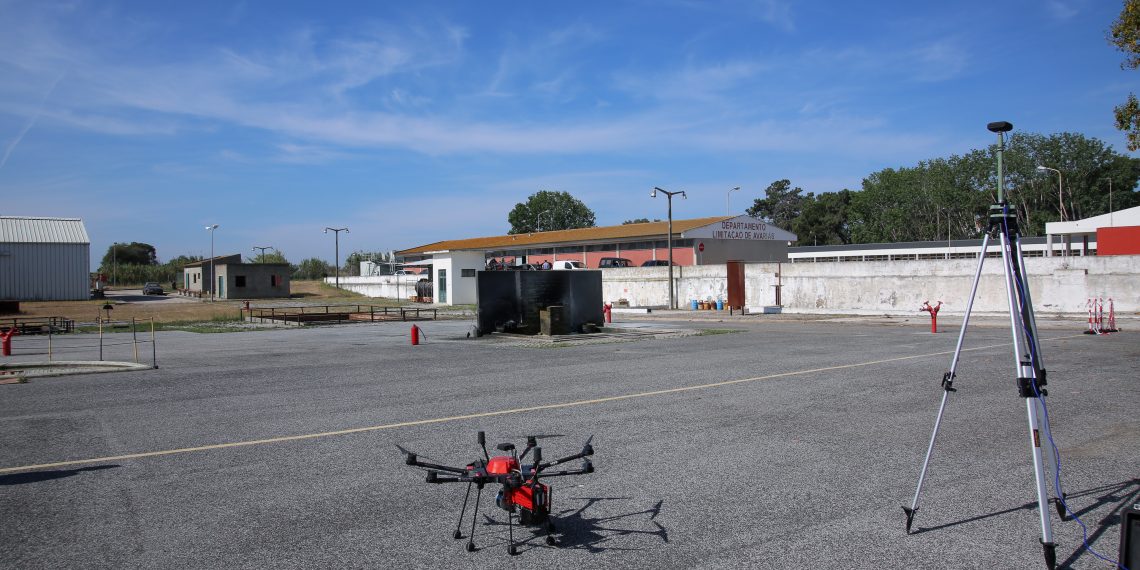On May 11, the team of the PRINCE – Preparedness Response for CBRNE INCidEnts project, developed by INESC TEC, carried out a training exercise.
The simulation took place at the School of Naval Technologies (ETNA), in Lisbon, focusing on the use of advanced means of sensory perception for detection and response assistance in the event of a chemical accident at a harbour.
According to Hugo Silva, researcher at the Centre for Robotics and Autonomous Systems (CRAS) and head of the project, “the main objective of this work, focused on the development of innovative technologies by INESC TEC, is to provide additional sensory information to help the support and intervention teams deployed to CBRNE incidents, through the use of autonomous aerial vehicles.”
This training exercise was attended by teams from the Portuguese Navy, CRAS members and the company Optimal Defence.
The INESC TEC researcher mentioned in this news piece is associated with INESC TEC.




 News, current topics, curiosities and so much more about INESC TEC and its community!
News, current topics, curiosities and so much more about INESC TEC and its community!